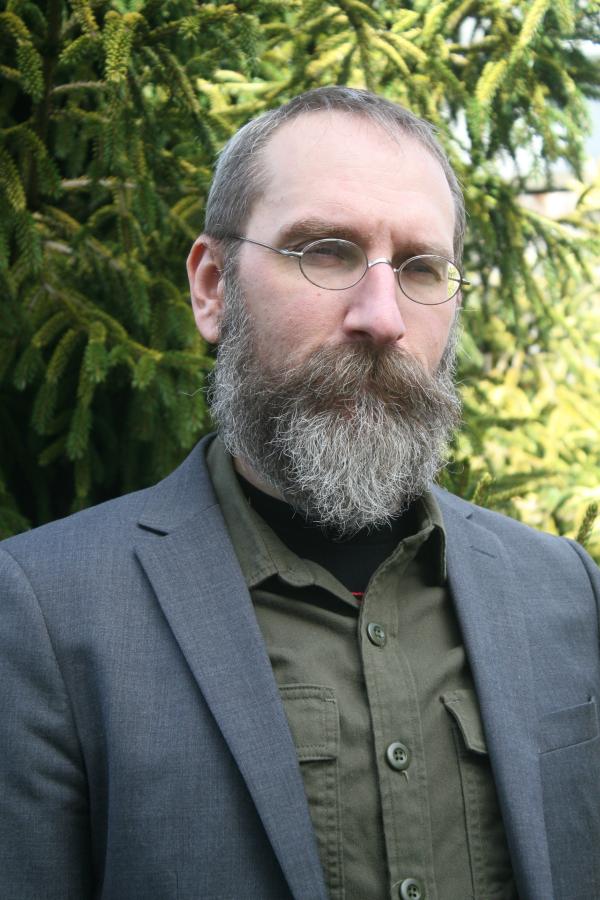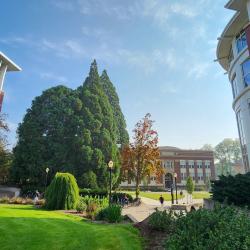
Shawn C. Massoni
Shawn C. Massoni
Research
Certain bacteria undergo the process of sporulation when they are under nutritional/environmental stress. When they do so, the cell differentiates into two different cell types, the mother cell and daughter cell. For sporulation to progress to its conclusion, the daughter cell must be metabolically inactive yet somehow continue to develop and regulate gene expression. It is thought to accomplish this by way of a one-way “feeding tube” channel that forms between the mother and daughter cells, with the mother cell “feeding” the daughter cell as-yet unknown nutrients/metabolites/small molecules prior to completion of sporulation. My work focuses on the molecular regulation of this interaction using a variety of genetic and biochemical analyses. Here we hope to define the key players in not only the path to metabolic dormancy but also the means by which the mother cell feeds the growing spore.
Research Interests
- Bacterial SOS Response
- Genetic Regulation of Sporulation
Education
Ph.D., University of Massachusetts, Amherst, Microbiology
Publications
- Zeytuni N, Flanagan KA, Worrall LJ, Massoni SC, Camp AH, Strynadka NCJ 2018. Structural and biochemical characterization of SpoIIIAF, a component of a sporulation-essential channel in Bacillus subtilis. J Struct Biol S1047-8477(18)30140-0
- Zeytuni N, Flanagan KA, Worrall LJ, Massoni SC, Camp AH, Strynadka NCJ 2018. Structural characterization of SpoIIIAB sporulation-essential protein in Bacillus subtilis. J Struct Biol 202(2):105-112
- Zeytuni N, Hong C, Flanagan KA, Worrall LJ, Theiltges KA, Vuckovic M, Huang RK, Massoni SC, Camp AH, Yu Z, Strynadka NC 2017. Near-atomic resolution cryoelectron microscopy structure of the 30-fold homooligomeric SpoIIIAG channel essential to spore formation in Bacillus subtilis. Proc Natl Acad Sci USA 114(34):E7073-E7081
- Massoni SC, Sandler SJ 2013. Specificity in suppression of SOS expression by recA4162 and uvrD303. DNA Repair 12(12):1072-80
- Wessel SR, Marceau AH, Massoni SC, Zhou R, Ha T, Sandler SJ, Keck JL 2013. PriC-mediated DNA replication restart requires PriC complex formation with the single-stranded DNA-binding protein. J Biol Chem 288(24):17569-78
- Massoni SC, Leeson MC, Long JE, Gemme K, Mui A, Sandler SJ 2012. Factors limiting SOS expression in log-phase cells of Escherichia coli. J Bacteriol 194(19):5325-33
- Marceau AH, Bahng S, Massoni SC, George NP, Sandler SJ, Marians KJ, Keck JL 2011. Structure of the SSB-DNA polymerase III interface and its role in DNA replication. EMBO J 30(20):4236-47
- Long JE, Massoni SC, Sandler SJ 2010. RecA4142 causes SOS constitutive expression by loading onto reversed replication forks in Escherichia coli K-12. J Bacteriol 192(10):2575-82
